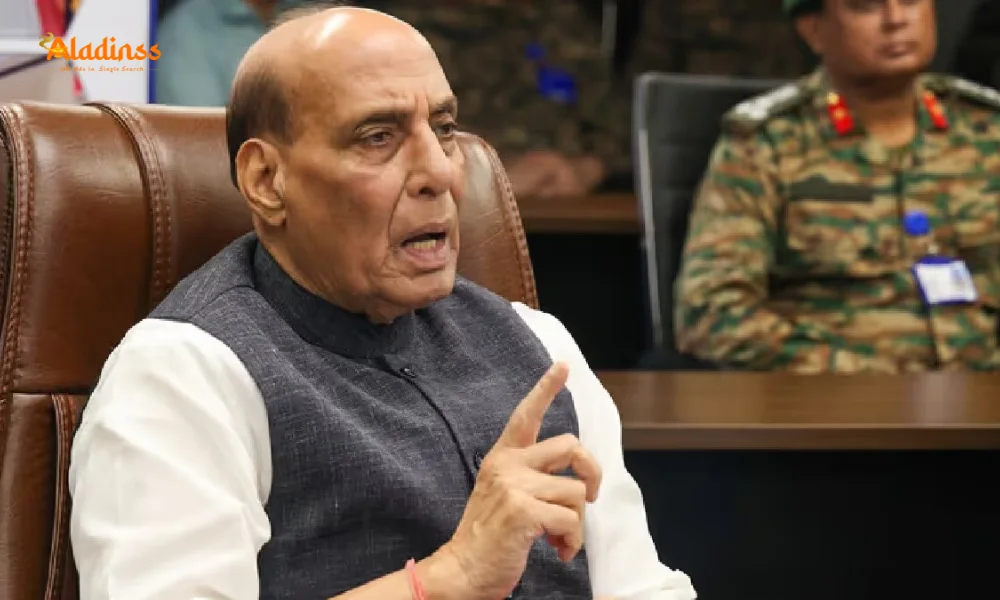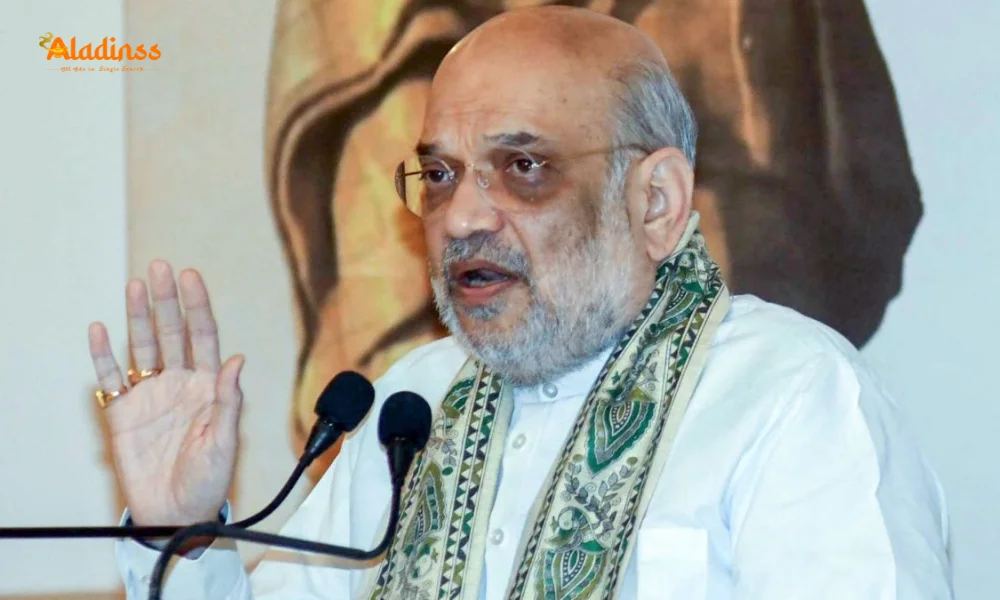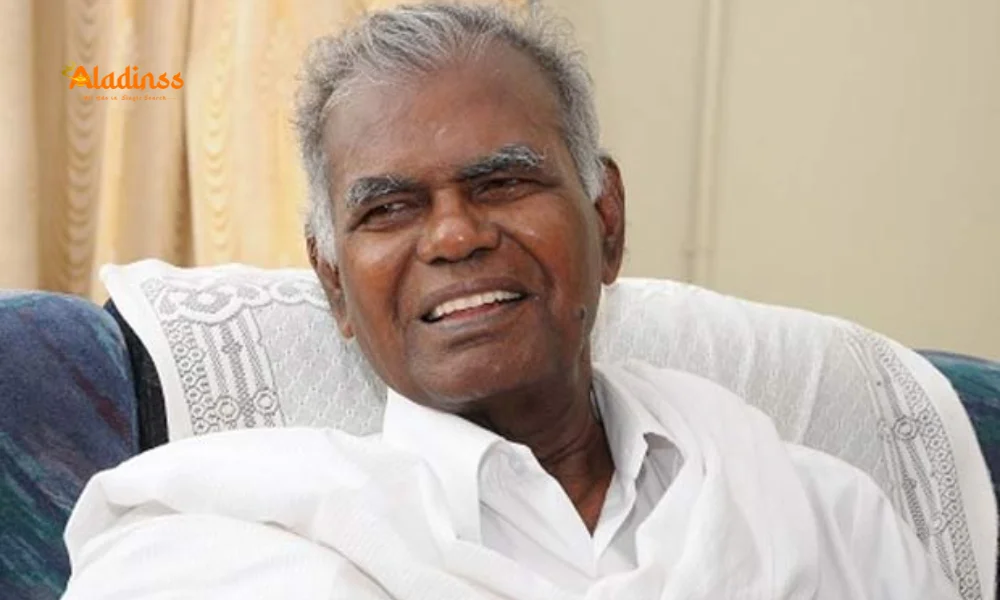Puducherry Electricity Tariff Hike Shocks Residents Up to Rs 7.50 per Unit
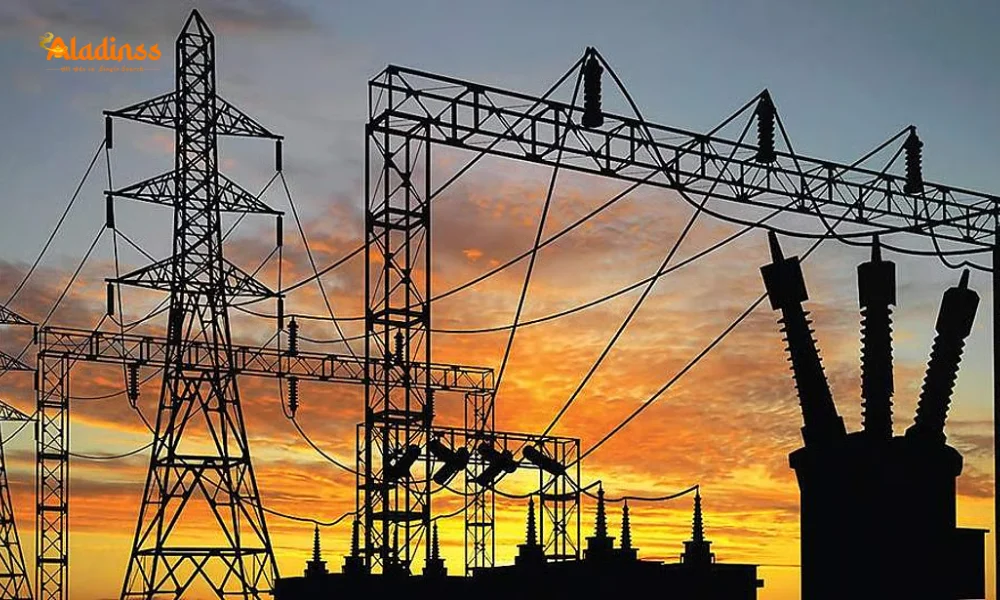
Puducherry Electricity Tariff Hike Shocks Residents Up to Rs 7.50 per Unit
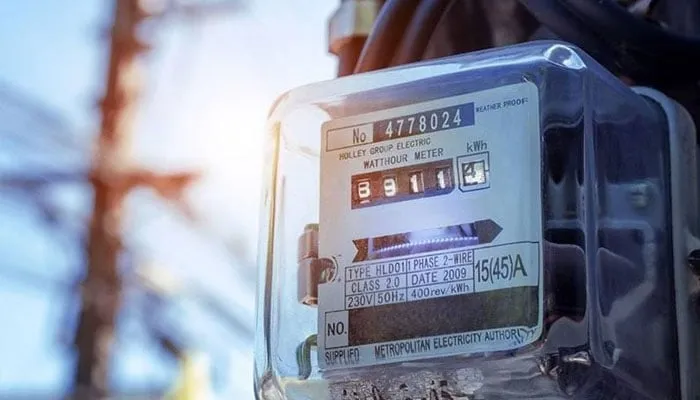
Puducherry, October 31: The Union Territory of Puducherry has announced a fresh electricity tariff hike for domestic consumers, triggering widespread outrage as rates for high-usage households jump from Rs 6.80 to a staggering Rs 7.50 per unit. Effective immediately, the new slab structure raises the base rate for the first 100 units from Rs 2.70 to Rs 2.90, with progressive increases across all consumption brackets. Electricity Minister Namachivayam assured that the government will absorb the 20-paise hike for low-consumption users as a subsidy.
This marks the second consecutive year of tariff revision, following a June 2024 increase that already drew public protests. Approved by the Joint Electricity Regulatory Commission (JERC) in Goa based on the 2023-24 budget projections, the Puducherry electricity tariff hike reflects rising power purchase costs and infrastructure investments. Residents, however, decry the burden on middle-class families amid stagnant incomes and inflation.
The revised slabs aim to promote energy conservation while funding grid upgrades, but critics argue the steep progressive rates disproportionately punish larger households. The Electricity Department defends the move, citing a Rs 1,200 crore annual revenue gap and the need for sustainable power supply in the growing UT.
New Domestic Tariff Slabs: Full Breakdown of Increases
The Puducherry electricity tariff hike introduces the following revised rates for household consumers:
- 0–100 units: Rs 2.70 → Rs 2.90 per unit (20 paise increase, subsidized by government)
- 101–200 units: Rs 3.25 → Rs 4.00 per unit (75 paise increase)
- 201–300 units: Rs 5.40 → Rs 6.00 per unit (60 paise increase)
- Above 300 units: Rs 6.80 → Rs 7.50 per unit (70 paise increase)
Fixed charges remain unchanged at Rs 25 per kW for single-phase and Rs 75 for three-phase connections. The subsidy on the first slab ensures that nearly 60% of domestic consumers-those using under 100 units monthly-face no additional burden. However, families with air conditioners, multiple appliances, or extended members see bills surge by 15–25%.
A sample calculation for a 250-unit monthly user shows an increase from Rs 1,057 to Rs 1,240-a jump of Rs 183. The JERC mandates annual true-up exercises, meaning tariffs adjust based on actual costs incurred by the Electricity Department.
Why the Hike? Power Purchase Costs and Infrastructure Needs
The Puducherry Electricity Department sources 90% of its power from central generating stations and PPAs with private players. Escalating coal prices, transmission charges, and renewable purchase obligations (RPO) have inflated procurement costs by 18% year-on-year. The department’s 2023-24 audit revealed a Rs 1,180 crore revenue deficit, necessitating tariff rationalization.
Key investments driving the electricity tariff hike include underground cabling in urban areas, smart metering rollout, and solar rooftop integration under the PM Suryaghar Yojana. Over Rs 450 crore has been allocated for 2024-25 grid modernization to reduce AT&C losses from 14% to under 10% by 2027.
Minister Namachivayam emphasized: “Without tariff adjustment, power cuts would return. We’ve chosen to subsidize the poor while asking higher users to contribute fairly.” The department has also launched demand-side management campaigns to encourage LED usage and energy-efficient appliances.
Public Outcry: Protests and Political Reactions
Opposition parties slammed the Puducherry electricity tariff hike as “anti-people.” AINRC leader N. Rangasamy demanded rollback, calling it a “double blow” after fuel price rises. DMK and Congress organized demonstrations outside the Electricity Department office, with protesters burning inflated bills in symbolic protest.
Resident associations in Lawspet and Mudaliarpet submitted memorandums citing inability to cope with consecutive hikes. “Last year we accepted 50 paise; now another 70 paise for high usage-it’s unbearable,” said R. Venkatesan, a retired teacher with a 350-unit monthly consumption.
Social media erupted with #RollbackTariffHike trending locally. Memes compared Puducherry rates to neighboring Tamil Nadu (where 0–100 units remain subsidized at Rs 0 for BPL). The Lieutenant Governor’s office received over 2,000 emails seeking intervention.
Government Subsidy and Relief Measures Explained
To cushion the electricity tariff hike, the Puducherry government will bear the full 20-paise increase for the 0–100 unit slab, costing Rs 48 crore annually. This benefits 1.85 lakh households-over 58% of domestic connections. BPL families continue receiving 50 units free under the existing scheme.
Additional relief includes a one-time rebate of Rs 100 for bills paid online in November and a 5% discount for solar rooftop adopters. The department has set up 24/7 grievance cells and a dedicated helpline (1800-425-1919) for billing disputes.
Long-term, the government targets 300 MW solar capacity by 2027, aiming to reduce dependence on costly thermal power. Subsidized LED distribution and appliance exchange programs are being expanded across rural panchayats.
Comparative Analysis: Puducherry vs Neighboring States
Despite the hike, Puducherry’s base tariff remains competitive. Tamil Nadu offers 100 units free for domestic users but charges Rs 5.50 beyond 200 units. Karnataka’s 0–100 slab is Rs 4.25, while Kerala stands at Rs 3.85. The progressive structure in Puducherry incentivizes conservation, aligning with national energy efficiency goals.
However, per capita consumption in Puducherry (1,800 kWh/year) exceeds the national average, driven by tourism and small industries. The JERC’s multi-year tariff framework ensures predictability, with next revision due in April 2026 based on 2024-25 performance.
Experts suggest demand aggregation and open access for bulk consumers could lower costs further. The department is exploring PPAs with solar parks in Rajasthan to hedge against volatile coal prices.
Impact on Different Consumer Segments
Low-income households (0–100 units) remain shielded, but middle-class families with 200–300 units face a 12–18% bill increase. Apartments with common facilities see shared costs rise, prompting RWAs to push for sub-metering.
Commercial users face a milder 8% hike, while LT industries get a 5% increase-encouraging shift to HT connections. Agricultural consumers continue enjoying flat Rs 1.50 per unit with free pumpsets up to 10 HP.
The Puducherry electricity tariff hike may accelerate EV adoption as charging at home becomes costlier, though night-time concessional rates (10 PM–6 AM) offer relief at Rs 4.50 per unit.
Energy Conservation Tips to Reduce Bills
The Electricity Department recommends:
- Switch to 5-star rated appliances
- Use LED bulbs (9W = 60W incandescent)
- Set AC thermostat at 24°C
- Unplug standby devices
- Install solar water heaters
A 10% reduction in consumption can save Rs 150–300 monthly for average homes. The ‘Urja Mitra’ app provides real-time usage tracking and personalized conservation tips.
Future Outlook: Sustainability and Tariff Stability
The department targets 24x7 power supply by 2026 under the Revamped Distribution Sector Scheme (RDSS). Investments in SCADA systems and GIS mapping will minimize outages and theft. Rooftop solar net metering has crossed 25 MW, with 5,000 installations.
If renewable integration succeeds, tariffs could stabilize or decrease by 2027. The JERC has directed performance-linked incentives-if AT&C losses drop below 12%, consumers get a 1% rebate.
The Puducherry electricity tariff hike, while painful, funds a resilient grid capable of supporting the UT’s tourism-driven economy and quality-of-life aspirations. Public cooperation in conservation remains key to minimizing future revisions.
Comment / Reply From
No comments yet. Be the first to comment!
